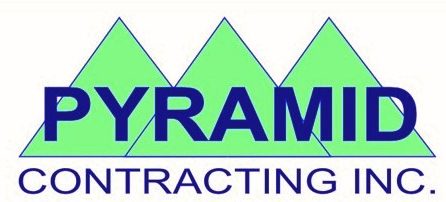As spring approaches, your lawn is ready to awaken from winter slumber. Aeration and overseeding are essential practices to promote a lush, green lawn. Aeration involves perforating the lawn Toronto soil with holes to allow air, water, and nutrients to penetrate deeper, while overseeding introduces new grass seeds to fill in bare patches and improve lawn density.
The Benefits of Aeration
Aeration enhances the health of your lawn by relieving soil compaction. Compacted soil restricts root growth and inhibits water absorption. By aerating, you create space for roots to expand, allowing grass to grow thicker and healthier. Additionally, aeration promotes better drainage, reducing the risk of water pooling and creating a healthier root zone. Which means a better lawn for your Toronto home.
Choosing the Right Time
Timing is critical for successful aeration and overseeding. The best time to aerate is when the soil is moist but not overly wet, typically in early spring or fall. This ensures the aerator can penetrate the soil easily and maximize effectiveness. Avoid aerating during dry periods, as compacted soil makes it harder.
Selecting the Right Seed
Choosing the right grass seed is essential for overseeding success. When selecting a seed blend, consider your lawn’s climate and sun exposure. Cool-season grasses like Kentucky bluegrass or fescue are ideal for Toronto’s climate. Look for a mix that suits your lawn’s specific conditions, ensuring optimal growth.
Proper Aeration Techniques
When aerating your lawn, use a core aerator, which removes plugs of soil. This method is more effective than spike aerators, creating space for roots to thrive. Aerate in multiple directions to ensure comprehensive coverage and maximum benefits.
Overseeding: The Next Step
Once aeration is complete, it’s time to overseed. Distribute the grass seed evenly over the aerated lawn, focusing on bare patches and areas with thin grass. Consider using a seed spreader for even distribution. After overseeding, lightly rake the area to ensure good seed-to-soil contact.
Watering and Maintenance
After aerating and overseeding, keeping the lawn adequately watered is crucial. Water the area lightly but frequently to ensure the seeds germinate. Avoid heavy watering, which can wash away seeds. Once the new grass grows, gradually transition to a regular watering schedule.
Fertilizing for Optimal Growth
When overseeding your lawn, promoting healthy growth is important to ensure the new grass establishes itself successfully. One way to do this is by applying a starter fertilizer. This specialized type of fertilizer is high in phosphorus, which is essential for encouraging strong root development in the new grass. By following the manufacturer’s instructions for application rates and timing, you can ensure that your grass receives the nutrients it needs to thrive.
Starter fertilizers typically contain a higher concentration of phosphorus compared to nitrogen and potassium, making them well-suited for promoting root growth in newly seeded areas.
When applying the starter fertilizer, it’s important to do so evenly and at the recommended rate to avoid over-fertilization, which can be harmful to the grass and the environment.
By providing the right nutrients at the right time, you can give your newly overseeded lawn the best possible chance to grow thick, lush, and healthy. Additionally, proper watering and maintenance alongside the application of starter fertilizer can further contribute to the success of your overseeding efforts.



